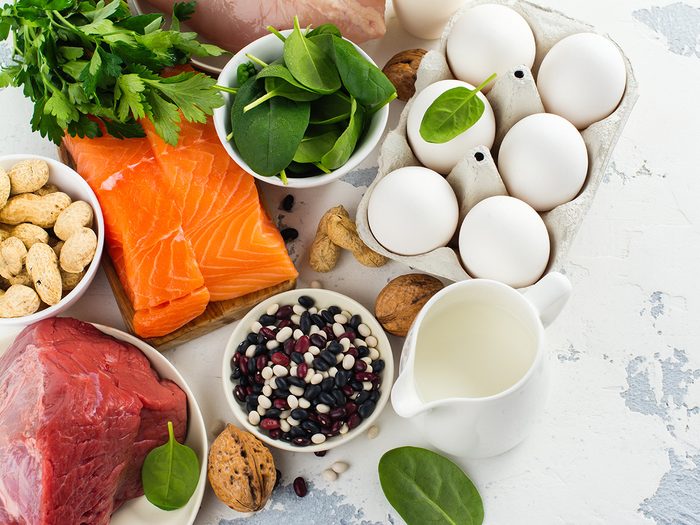
Do: Eat protein frequently
Protein is essential for building muscle and encouraging muscle repair after a workout, especially if your workouts are intense. The bodies of athletes who train heavily five or six times per week are constantly in repair mode, so registered dietician and nutritional science PhD candidate Nanci S. Guest ensures her clients eat protein at 11 p.m. every night. “We don’t store protein, so not having anything after dinner may mean an athlete will miss opportunities to repair and build muscle, which they can only do when amino acids (the building blocks of protein) are in the blood stream,” she says. “Eating 25-35 grams of protein at 11 p.m. allows repair to occur until about 3 a.m. Then it’s only four or five hours until the next dose of protein.” If you plan on working out, ensure you’re getting that protein before bed so your muscles can repair while you sleep.
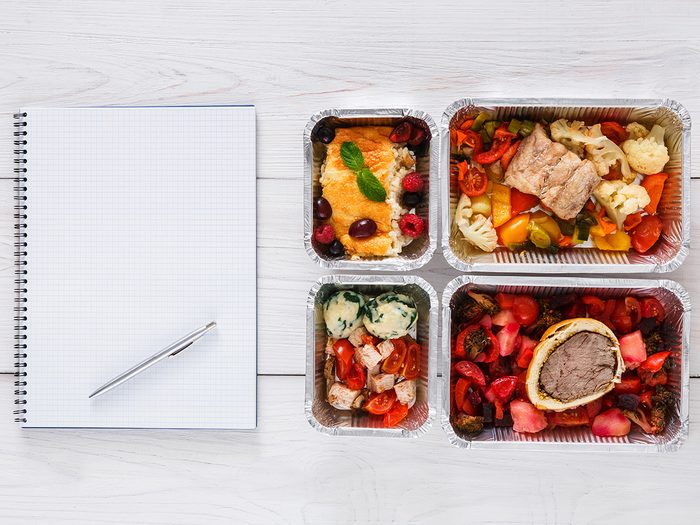
Do: Eat 5 meals a day
Everyone’s different, but Guest recommends that her athletes eat five meals per day including breakfast, lunch, dinner and fueling snacks. “The Olympians I work with consistently eat a filling breakfast and then smaller meals frequently throughout the day,” she says. To ensure you fit at least one high quality meal into your busy day, she suggests the following:
- 1 cup of non-fat Greek yogurt
- Add nuts and seeds (almond, walnuts, chia, hemp, pumpkin)
- Sweeten with ½ cup or more of berries
- Add a drizzle of maple syrup or honey
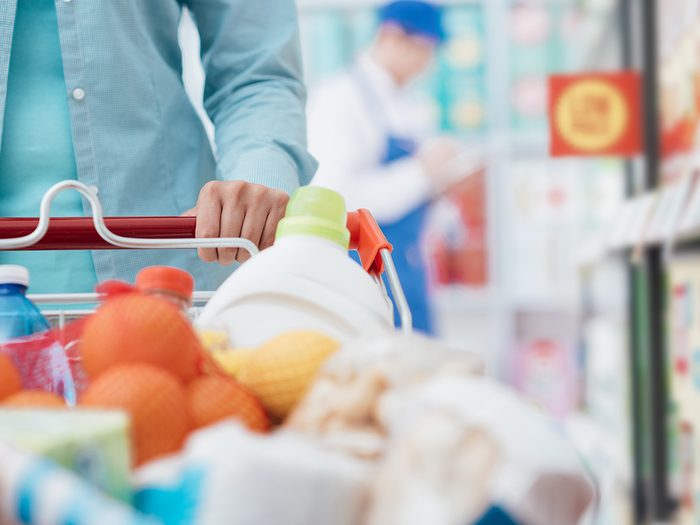
Don’t: Eat the same number of calories an athlete eats
This one’s kind of a no brainer, but even though athletes have super healthy diets (most of the time) that doesn’t mean we can just copy their meal plans. “Some female athletes need 3,000 calories per day, others need closer to 3,500 calories,” Guest says, depending on the type of sport (whether it’s a quick burst or endurance). “Calorie requirement also depends on whether you’re maintaining the physique of a 120-pound figure skater (where there’s more pressure to be light and lean) versus 140 pounds for the average hockey player physique.” The average Canadian woman who has an office job and gets some regular exercise requires far fewer calories: only 1,800 to 2,000 per day.
In case you’re wondering, here’s the science behind calories and weight loss.
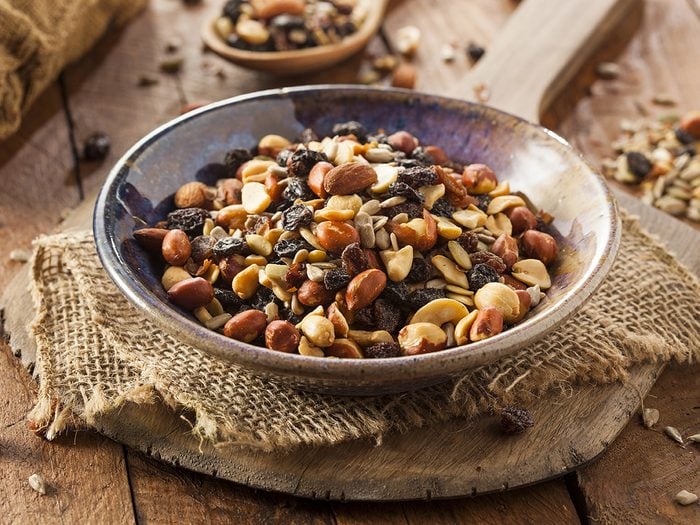
Do: Choose healthy snacks
Guest says that snack time is the perfect opportunity to top up your nutrient intake for the day. These are her recommendations for healthy bites on the go:
- Easily transportable fruits such as oranges, apples and bananas
- Dried fruit such as raisins and dates (excellent for quick energy)
- Easy veggies like carrots and baby cucumbers
- Nuts and seeds for a healthy fat/protein combo. Trail mix (get an antioxidant-packed granola recipe here!) made from nuts, seeds and dried fruits and low-sugar dry cereal is also a good choice. The addition of cereal lowers fat content.
- Cheese strings, milk, soy beverages or yogurt stored in a cooler or insulated bag for high quality protein and calcium
- A good quality energy bar like CLIF Nut Butter Filled (to fuel, not to replace a meal) and protein bar (for recovery or small meal replacement)
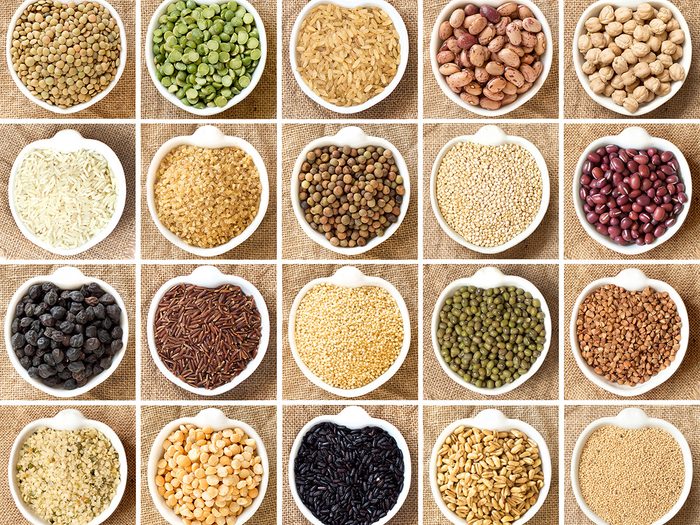
Don’t: Consume as many carbs as an athlete — but also don’t avoid them, either
“Compared to the average Canadian, hard-training athletes must consume more carbohydrates like fruit and whole grains because they are fuel foods,” she says. “Athletes need lots of energy!” But just because non-athletes don’t need as many carbohydrates, it’s not a good idea to cut them out of your diet completely. “Carbs are not just rice, pasta, soda, muffins, cakes and other sweets,” she says, which are typically foods to avoid. “Carbs are also beans, lentils, quinoa, berries and oatmeal. Aim to monitor your sugar intake, but don’t go low carb for health. Match carbs to activity: fewer fruits and grains on non-active days and more when exercising.”
Here’s the negative side of low-carb diets that no one advertises.
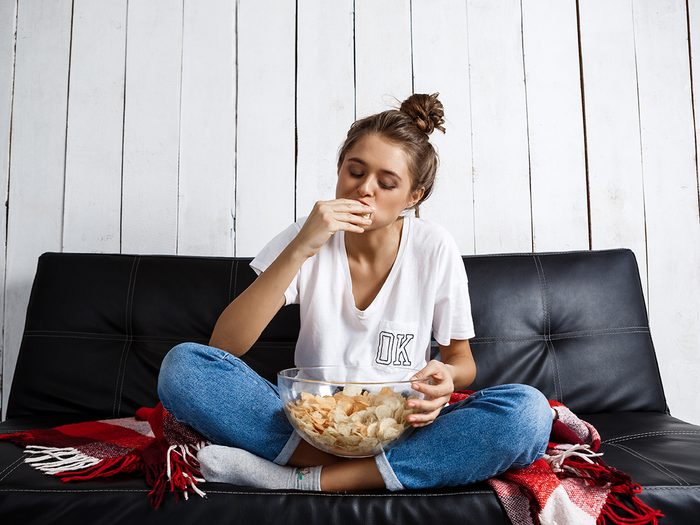
Do: Fight cravings
It’s normal to crave “bad” foods like candy or chips, but it’s best to curb those impulses when possible and choose healthier options. “Be prepared!” says Guest. “If your craving is usually salty, carry pretzels, plain popcorn or even salted nuts (watch portion sizes) so you don’t give in to nutrient-poor potato chips.”
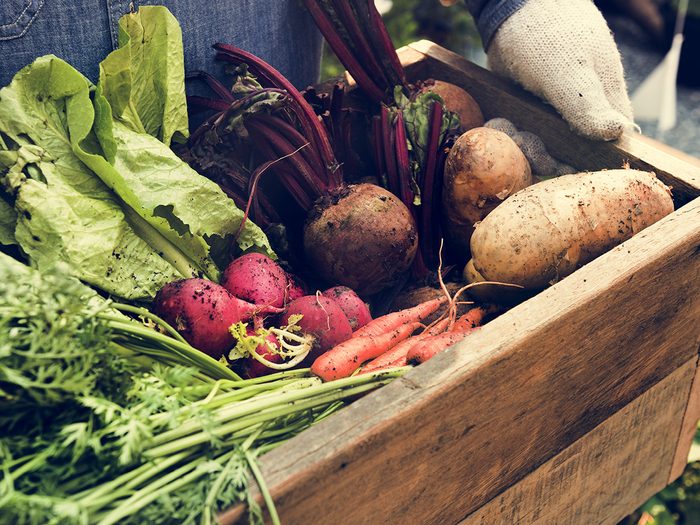
Do: Eat organic
Guest makes sure that her athletes eat organic whenever possible, especially when it comes to the Environmental Working Group’s Dirty Dozen list, “which are foods more likely to be heavily sprayed with chemicals.”
The list features these 12 fruits and veggies, with the items at the top of the list containing the most pesticides:
- Strawberries
- Spinach
- Nectarines
- Apples
- Peaches
- Pears
- Cherries
- Grapes
- Celery
- Tomatoes
- Sweet Bell Peppers
- Potatoes
If you want to green your beauty routine, too, here are some of the best companies on the market.
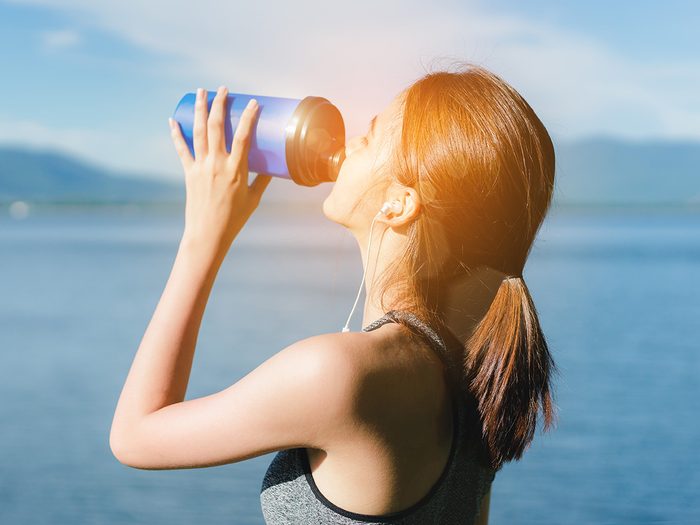
Do: Track your urine to know if you need more water
It’s a myth that everyone needs to drink at least eight glasses of water a day. “If you consume salads, lots of fruits and vegetables, soups, tea, coffee, milk and so on, you may need very little “pure water” in your diet because other fluids keep you hydrated,” Guest says. “Did you know a cooked chicken breast is over 50 per cent water and most fruits and vegetables are 80 to 95 per cent water?”
That said, if you aren’t consuming food with high water content, or if you sweat a lot, you may require more than five cups of pure water per day. But rather than counting the number of cups you drink, Guest suggests looking at the colour of your urine. “It should be light yellow — not clear! If it’s medium yellow or approaching apple juice colour you are likely dehydrated. Also, if you urinate less than every three hours or only urinate in small amounts of half a cup or less, this also likely means you are dehydrated.”
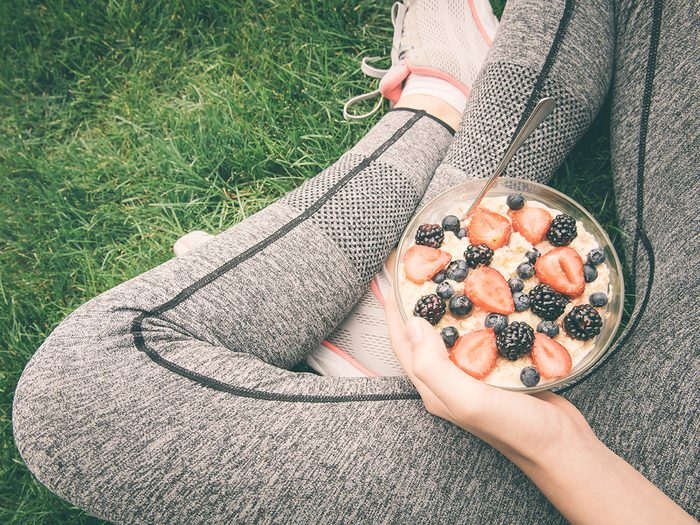
Do: Eat within an hour of your workout
Take some time within the hour after you’ve hit the gym or gone for a run to get a hit of 20 to 30 grams of protein (from chicken, fish, Greek yogurt, egg or protein shakes) to encourage muscle repair and growth, Guest suggests. She also recommends adding in some veggies and good fat (salmon and sardines, avocados, nuts and seeds like walnuts, almonds, cashews, hazelnuts, pumpkin/chia/flax/hemp seeds or olive oil).
